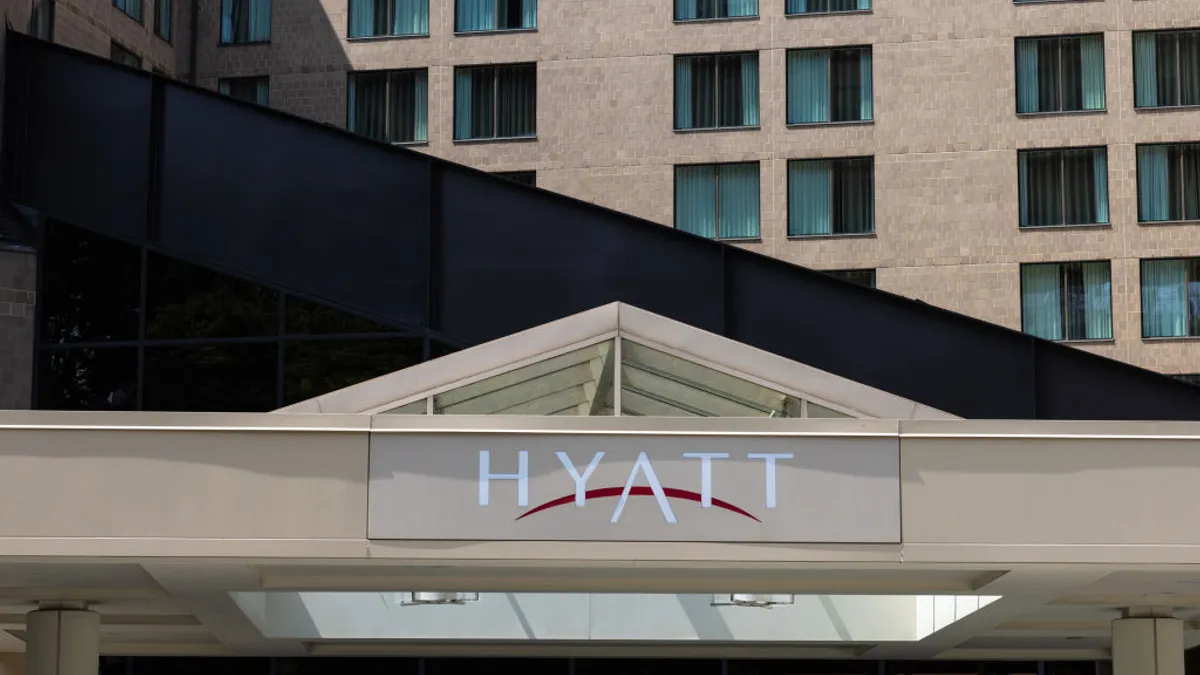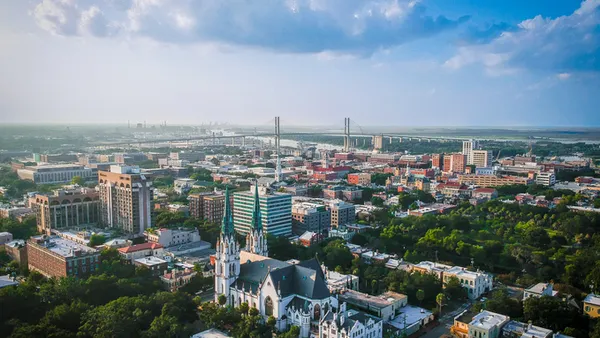Dive Brief:
- A new U.S. hospitality outlook report by professional services company PwC predicts hotel demand growth will slow significantly for the balance of the year, resulting in an occupancy rate of 63.4%.
- Growth in average daily rate will also slow, PwC predicts, increasing by 4.1% for the remainder of the year. As a result, RevPAR growth is expected to moderate, rising 5.5% year over year, approximately 114% of pre-pandemic levels.
- An uncertain economic climate had little impact on travel demand and spending to start the year, resulting in strong first-quarter RevPAR. But changing macroeconomic conditions will have a “downstream impact” on hotel performance for the remainder of 2023 and into 2024, according to PwC U.S. Hospitality and Leisure Managing Director Warren Marr.
Dive Insight:
Despite tough economic factors including rising interest rates, consumers remained eager to spend on leisure travel and began traveling more for business at the beginning of the year.
Major hotel brands, including Wyndham and Hilton, reported global RevPAR growth of 12% and 30%, respectively, in the first quarter of 2023, citing strong travel demand. Marriott and Choice Hotels also posted year-over-year increases in global RevPAR to start the year.
While U.S. hotels outperformed expectations in the first quarter of 2023 — exceeding first-quarter 2019 RevPAR levels by 13%, according to the PwC report — the outlook for the remainder of the year is trending downward.
The Federal Reserve’s continued increases in its policy rate, the failure of multiple banks and a liquidity crisis have caused greater uncertainty in public markets, according to PwC. This could lead to a slowdown in U.S. hotel demand, and, in turn, occupancy and ADR for hoteliers.
PwC expects domestic leisure demand to “soften,” with outbound international leisure travel outpacing inbound, given the relative strength of the dollar. Individual and group business demand, however, will likely offset the decrease in leisure demand.
Hospitality consulting firm HVS echoed these forecasted travel trends in its 2023 outlook report, released in January. The firm also predicted a similar occupancy rate for the year, 63.6%. Both companies forecasted that occupancy rates will increase slightly from 62.7% in 2022.
Factors that could impact PwC’s current 2023 outlook include the pace and magnitude of macroeconomic changes, continued high vacancy rates in office spaces nationwide and increasing geopolitical tensions, the company noted.










